Roast Lamb Leg: the centerpiece of countless celebrations and a dish that evokes warmth, tradition, and pure culinary satisfaction. Have you ever experienced that moment when the aroma of perfectly roasted lamb fills the kitchen, promising a feast that’s both comforting and elegant? I have, and I’m thrilled to share my foolproof recipe with you!
The tradition of roasting a leg of lamb stretches back centuries, deeply rooted in cultures across the globe. From the Easter tables of Europe to the celebratory feasts of the Middle East, lamb has long symbolized abundance and togetherness. It’s a dish that speaks of heritage, passed down through generations, each family adding their own unique touch.
But what is it about a roast lamb leg that makes it so universally loved? It’s the symphony of textures, the crisp, golden-brown exterior giving way to tender, succulent meat that practically melts in your mouth. The rich, savory flavor, often enhanced with herbs and spices, is simply irresistible. And let’s not forget the convenience! While it requires some time in the oven, the hands-on preparation is minimal, leaving you free to enjoy the company of your guests while the magic happens. So, let’s embark on this culinary journey together, and create a roast lamb leg that will be the star of your next gathering!
Ingredients:
- 1 (5-7 pound) leg of lamb, bone-in
- 4-5 cloves garlic, minced
- 2 tablespoons fresh rosemary, chopped
- 2 tablespoons fresh thyme, chopped
- 1 tablespoon Dijon mustard
- 1/4 cup olive oil
- 2 tablespoons lemon juice
- 1 teaspoon salt, plus more to taste
- 1/2 teaspoon black pepper, plus more to taste
- 1 large onion, quartered
- 4 carrots, peeled and cut into 2-inch pieces
- 4 celery stalks, cut into 2-inch pieces
- 1 cup dry red wine (optional)
- 2 cups chicken or vegetable broth
Preparing the Lamb:
Okay, let’s get started! First things first, we need to prep our lamb. This is crucial for getting that amazing flavor infused throughout the meat.
- Pat the lamb dry: Use paper towels to thoroughly pat the leg of lamb dry. This is super important because it helps the lamb develop a beautiful, crispy crust when it roasts. Excess moisture will steam the lamb instead of roasting it.
- Make the herb paste: In a small bowl, combine the minced garlic, chopped rosemary, chopped thyme, Dijon mustard, olive oil, lemon juice, salt, and pepper. Mix everything together until you have a nice, fragrant paste. This is our flavor bomb!
- Score the lamb (optional but recommended): Using a sharp knife, score the fat cap of the lamb in a crosshatch pattern. Be careful not to cut too deep into the meat itself, just through the fat. This helps the fat render and allows the herb paste to penetrate deeper.
- Rub the lamb with the herb paste: Generously rub the herb paste all over the leg of lamb, making sure to get it into every nook and cranny, especially in the scores you made (if you made them). Really massage it in there!
- Marinate (optional, but highly encouraged): For the best flavor, wrap the lamb in plastic wrap and refrigerate it for at least 2 hours, or preferably overnight. The longer it marinates, the more flavorful it will be. If you’re short on time, even 30 minutes will make a difference.
Preparing the Vegetables:
While the lamb is marinating (or right before you’re ready to roast), let’s get our vegetables ready. These will roast alongside the lamb, adding flavor to the pan drippings and becoming deliciously tender.
- Prep the vegetables: Quarter the onion, peel and chop the carrots into 2-inch pieces, and chop the celery stalks into 2-inch pieces. You want them to be relatively large so they don’t burn during the long roasting time.
- Arrange the vegetables in the roasting pan: Place the quartered onion, carrots, and celery stalks in the bottom of a large roasting pan. This will create a bed for the lamb to sit on, preventing it from sticking and adding flavor to the pan drippings.
Roasting the Lamb:
Now for the main event! Roasting the lamb is all about temperature control and patience. We’re going to start with a high temperature to get a nice sear, then lower it to cook the lamb through to perfection.
- Preheat the oven: Preheat your oven to 450°F (232°C). Make sure your oven rack is in the center position.
- Place the lamb on the vegetables: Remove the lamb from the refrigerator (if it was marinating) and place it on top of the bed of vegetables in the roasting pan.
- Sear the lamb: Roast the lamb at 450°F (232°C) for 20 minutes. This will help to create a beautiful, golden-brown crust. Keep a close eye on it to make sure it doesn’t burn.
- Reduce the oven temperature: After 20 minutes, reduce the oven temperature to 325°F (163°C).
- Add liquid to the pan (optional): If you’re using red wine, pour it into the bottom of the roasting pan. This will add extra flavor to the pan drippings and help to keep the lamb moist. Then, add the chicken or vegetable broth to the pan. The liquid should come about 1/2 inch up the sides of the pan.
- Continue roasting: Continue roasting the lamb for approximately 15-20 minutes per pound, or until a meat thermometer inserted into the thickest part of the lamb registers your desired level of doneness.
- For rare: 125-130°F (52-54°C)
- For medium-rare: 130-135°F (54-57°C)
- For medium: 135-140°F (57-60°C)
- For medium-well: 140-145°F (60-63°C)
- For well-done: 145-150°F (63-66°C)
I recommend medium-rare to medium for the best flavor and tenderness.
- Baste the lamb (optional): Every 30-45 minutes, baste the lamb with the pan juices. This will help to keep it moist and flavorful.
- Check for doneness: Use a meat thermometer to check the internal temperature of the lamb. Insert the thermometer into the thickest part of the lamb, avoiding the bone.
Resting and Carving:
This is a crucial step! Don’t skip it. Resting the lamb allows the juices to redistribute throughout the meat, resulting in a more tender and flavorful roast.
- Rest the lamb: Once the lamb reaches your desired internal temperature, remove it from the oven and transfer it to a cutting board. Tent it loosely with foil and let it rest for at least 15-20 minutes. The internal temperature will continue to rise slightly during this time.
- Make the gravy (optional): While the lamb is resting, you can make a gravy from the pan drippings. Strain the pan drippings into a saucepan. Skim off any excess fat. Bring the drippings to a simmer over medium heat. In a small bowl, whisk together 2 tablespoons of cornstarch with 2 tablespoons of cold water. Gradually whisk the cornstarch slurry into the simmering drippings until the gravy thickens to your desired consistency. Season with salt and pepper to taste.
- Carve the lamb: After the lamb has rested, carve it against the grain into thin slices. The grain of the meat runs in a certain direction, and cutting against it shortens the muscle fibers, making the meat more tender.
- Serve: Serve the carved lamb with the roasted vegetables and gravy (if you made it).
Tips for Success:
- Don’t overcook the lamb! Use a meat thermometer to ensure it reaches your desired level of doneness.
- Let the lamb rest! This is crucial for a tender and juicy roast.
- Use fresh herbs! They make a big difference in flavor.
- Don’t be afraid to experiment with different herbs and spices! Rosemary and thyme are classic choices, but you can also try oregano, mint, or even a pinch of red pepper flakes.
- If the lamb starts to brown too quickly, tent it with foil.
- For extra crispy skin, you can broil the lamb for a few minutes at the end of the roasting time. Just be sure to watch it carefully so it doesn’t burn.
Serving Suggestions:
- Roasted potatoes
- Mashed potatoes
- Green beans
- Asparagus
- Yorkshire pudding
- Mint sauce
- Red currant jelly
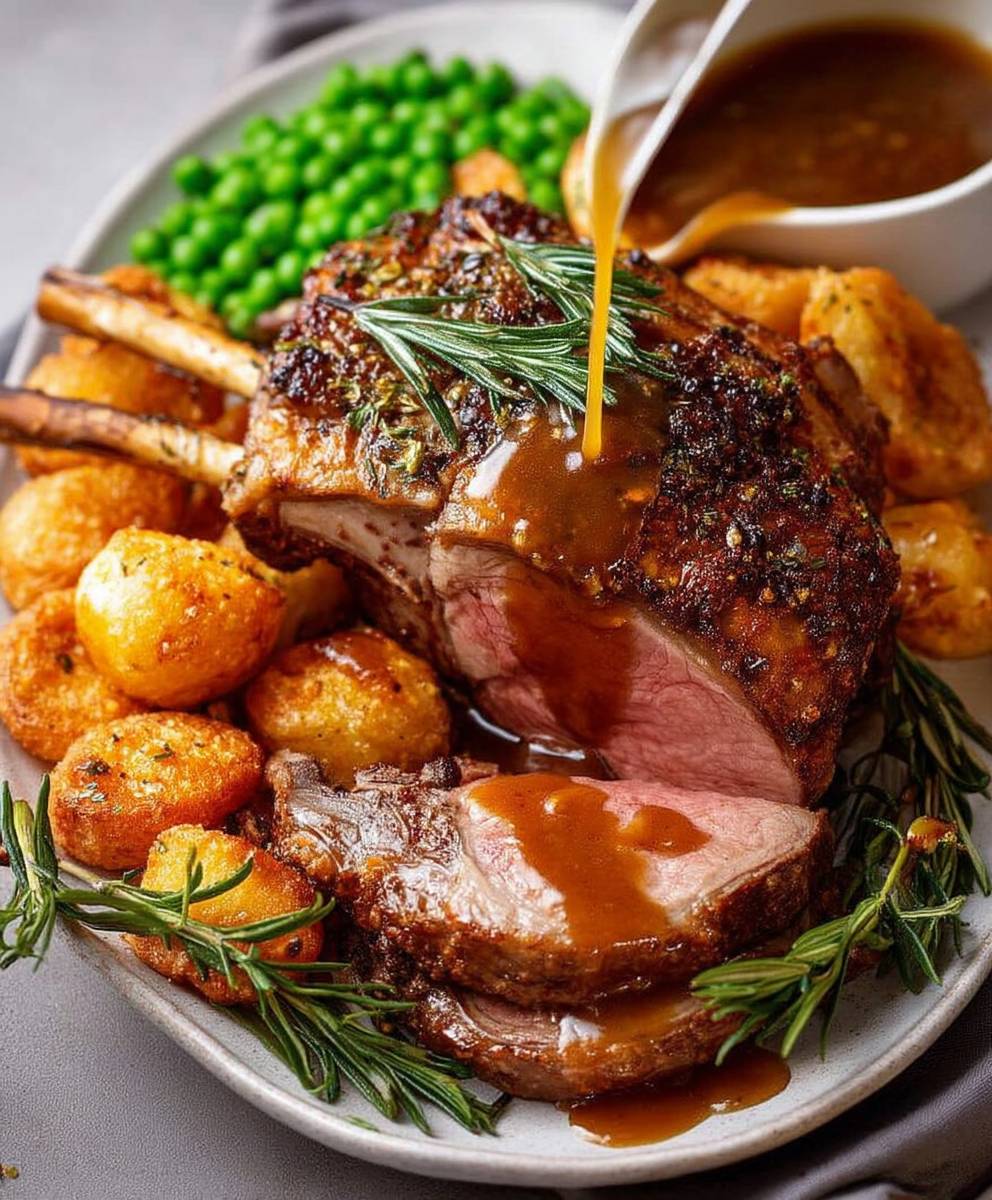
Conclusion:
And there you have it! This Roast Lamb Leg recipe isn’t just another Sunday roast; it’s an experience. From the tantalizing aroma that fills your kitchen to the melt-in-your-mouth tenderness of the lamb, every step of this process is designed to deliver a truly unforgettable meal. I genuinely believe this will become a family favorite, a dish you’ll turn to time and time again for special occasions or simply when you crave something truly comforting and delicious.
What makes this recipe a must-try? It’s the perfect balance of simplicity and sophistication. The preparation is straightforward, even for novice cooks, yet the end result is restaurant-quality. The herb-infused marinade penetrates deep into the meat, ensuring every slice is bursting with flavor. And the slow roasting method guarantees a succulent, juicy lamb leg that’s cooked to perfection. Forget dry, tough lamb this recipe delivers consistently tender and flavorful results.
But the beauty of this recipe lies not only in its deliciousness but also in its versatility. Feel free to experiment with different herbs and spices to create your own signature flavor profile. Rosemary and thyme are classic choices, but don’t be afraid to add a touch of oregano, mint, or even a pinch of chili flakes for a little kick. You can also adjust the roasting time to suit your preferred level of doneness. For a medium-rare lamb, aim for an internal temperature of around 135°F (57°C). For medium, roast until it reaches 145°F (63°C), and for well-done, aim for 160°F (71°C). Remember to let the lamb rest for at least 15-20 minutes before carving to allow the juices to redistribute, resulting in an even more tender and flavorful roast.
Serving Suggestions and Variations:
* Classic Sunday Roast: Serve your Roast Lamb Leg with roasted potatoes, carrots, parsnips, and a generous helping of gravy made from the pan drippings. A side of mint sauce or redcurrant jelly is also a must!
* Mediterranean Feast: Pair the lamb with a Greek salad, roasted vegetables like bell peppers and zucchini, and a dollop of tzatziki sauce.
* Lamb Sandwiches: Use leftover lamb to make delicious sandwiches with crusty bread, lettuce, tomato, and a smear of Dijon mustard.
* Lamb Shepherd’s Pie: Transform leftover lamb into a hearty and comforting shepherd’s pie. Simply shred the lamb and mix it with vegetables and gravy, then top with mashed potatoes and bake until golden brown.
* Spice it up: Add a teaspoon of smoked paprika to the rub for a deeper, smokier flavor.
I’m so excited for you to try this recipe and experience the joy of creating a truly memorable meal. I’ve poured my heart and soul into perfecting this Roast Lamb Leg, and I’m confident that you’ll love it as much as I do.
So, what are you waiting for? Gather your ingredients, preheat your oven, and get ready to embark on a culinary adventure. And most importantly, don’t forget to share your experience with me! I’d love to hear your feedback, see your photos, and learn about any variations you’ve tried. You can leave a comment below, tag me on social media, or send me an email. I can’t wait to see your creations! Happy cooking!
Roast Lamb Leg: The Ultimate Guide to a Perfect Roast
Flavorful, tender bone-in leg of lamb roasted with aromatic herbs, garlic, and vegetables. Perfect for special occasions!
Ingredients
- 1 (5-7 pound) leg of lamb, bone-in
- 4-5 cloves garlic, minced
- 2 tablespoons fresh rosemary, chopped
- 2 tablespoons fresh thyme, chopped
- 1 tablespoon Dijon mustard
- 1/4 cup olive oil
- 2 tablespoons lemon juice
- 1 teaspoon salt, plus more to taste
- 1/2 teaspoon black pepper, plus more to taste
- 1 large onion, quartered
- 4 carrots, peeled and cut into 2-inch pieces
- 4 celery stalks, cut into 2-inch pieces
- 1 cup dry red wine (optional)
- 2 cups chicken or vegetable broth
Instructions
- Prepare the Lamb: Pat the lamb dry with paper towels. In a small bowl, combine garlic, rosemary, thyme, Dijon mustard, olive oil, lemon juice, salt, and pepper to make a paste. Score the fat cap of the lamb (optional). Rub the herb paste all over the lamb. Marinate in the refrigerator for at least 2 hours, or preferably overnight.
- Prepare the Vegetables: Quarter the onion, chop the carrots and celery into 2-inch pieces. Arrange the vegetables in the bottom of a large roasting pan.
- Roast the Lamb: Preheat oven to 450°F (232°C). Place the lamb on top of the vegetables in the roasting pan. Roast for 20 minutes.
- Reduce oven temperature to 325°F (163°C). Add red wine (optional) and chicken or vegetable broth to the pan.
- Continue roasting for approximately 15-20 minutes per pound, or until a meat thermometer inserted into the thickest part of the lamb registers your desired level of doneness:
- Rare: 125-130°F (52-54°C)
- Medium-rare: 130-135°F (54-57°C)
- Medium: 135-140°F (57-60°C)
- Medium-well: 140-145°F (60-63°C)
- Well-done: 145-150°F (63-66°C)
- Baste the lamb with pan juices every 30-45 minutes (optional).
- Rest and Carve: Remove the lamb from the oven and transfer it to a cutting board. Tent loosely with foil and let it rest for at least 15-20 minutes.
- Make the Gravy (Optional): Strain the pan drippings into a saucepan. Skim off any excess fat. Bring to a simmer over medium heat. Whisk together 2 tablespoons of cornstarch with 2 tablespoons of cold water. Gradually whisk the cornstarch slurry into the simmering drippings until the gravy thickens. Season with salt and pepper to taste.
- Carve the lamb against the grain into thin slices. Serve with roasted vegetables and gravy (if made).
Notes
- Don’t overcook the lamb! Use a meat thermometer.
- Let the lamb rest for a tender and juicy roast.
- Use fresh herbs for the best flavor.
- If the lamb starts to brown too quickly, tent it with foil.
- For extra crispy skin, broil the lamb for a few minutes at the end of roasting.

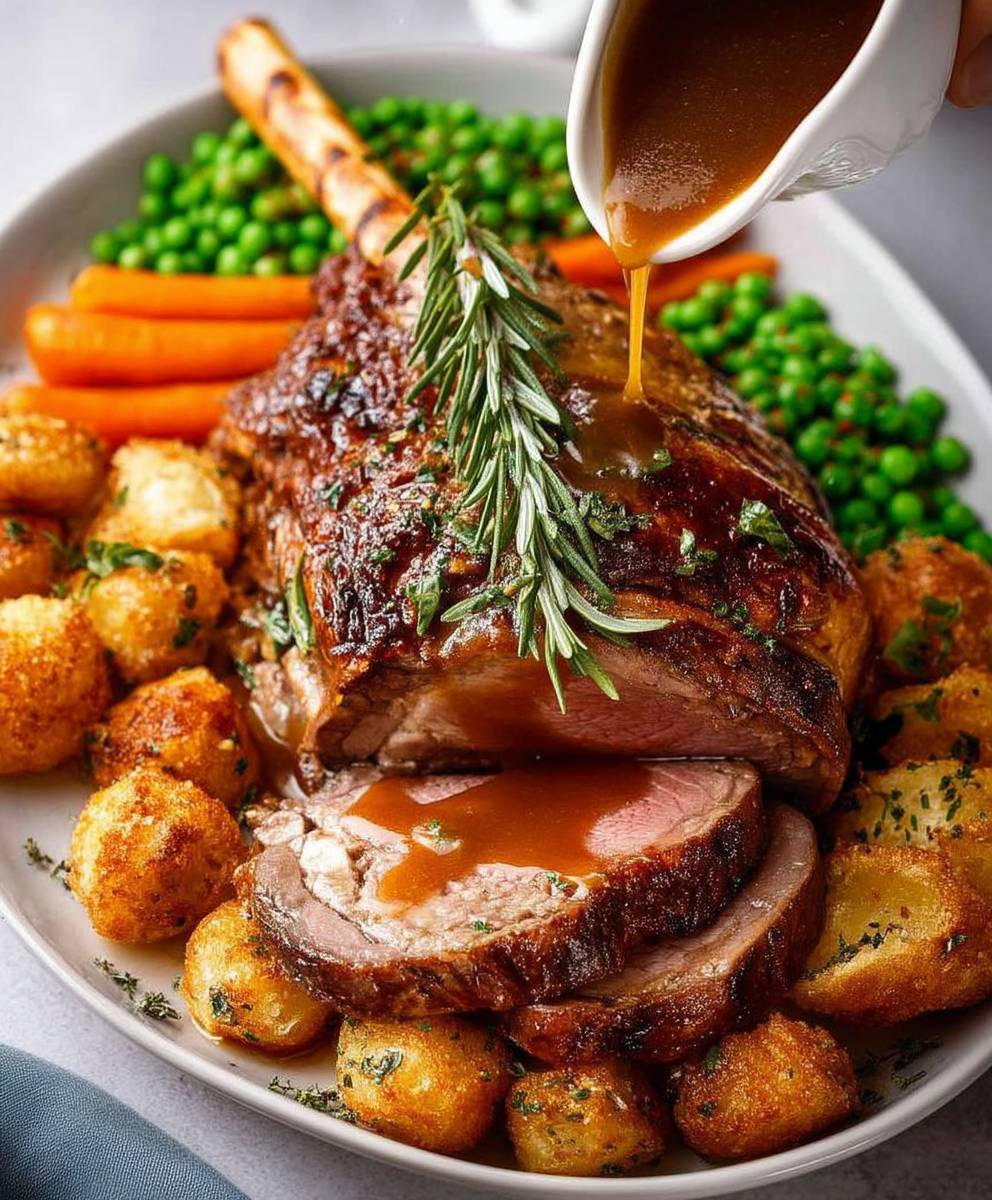
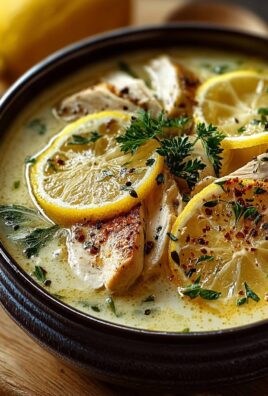
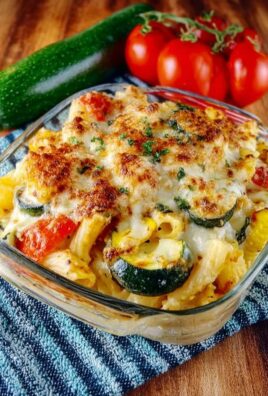
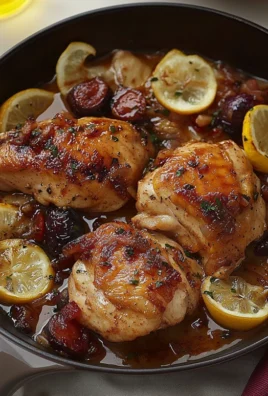
Leave a Comment